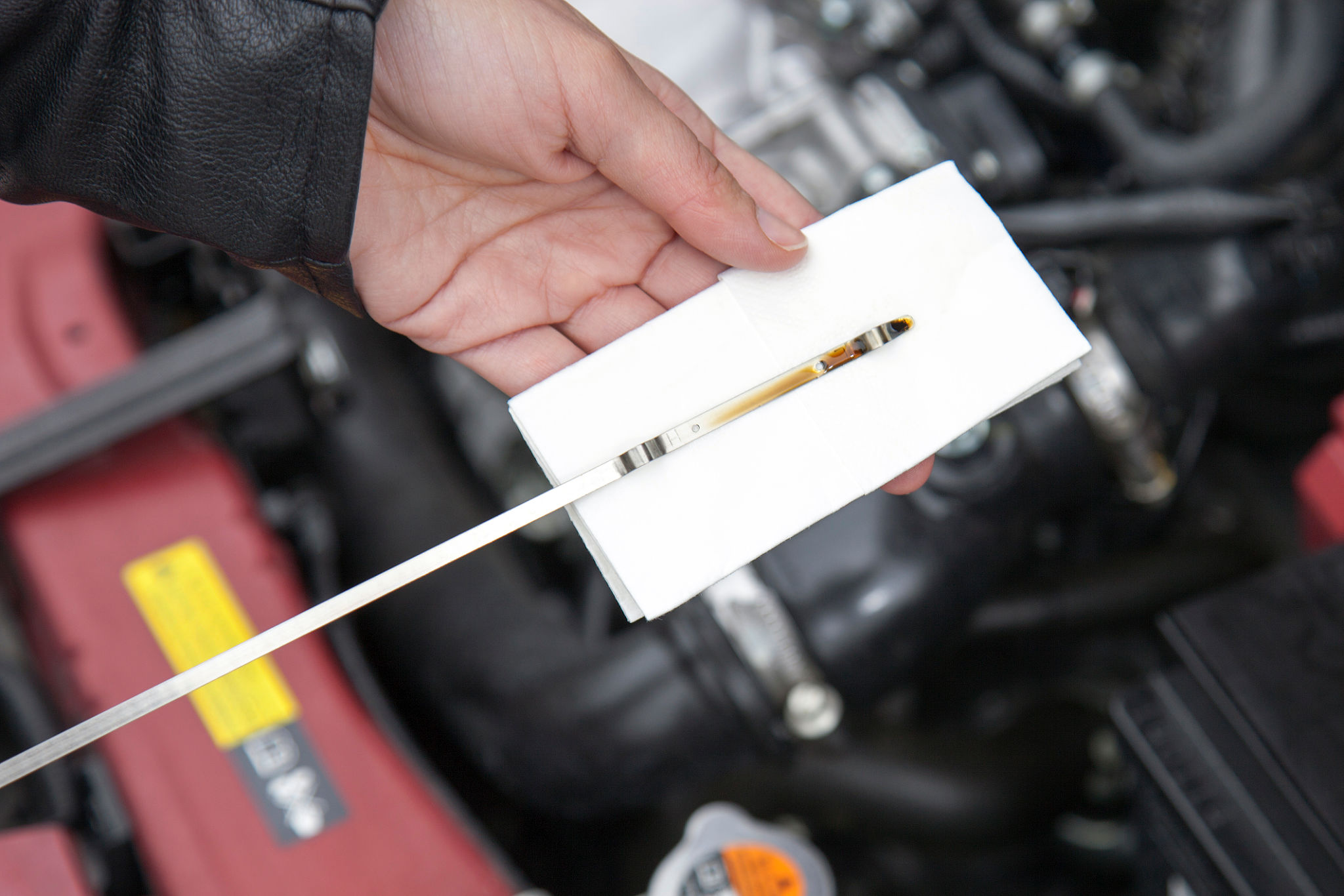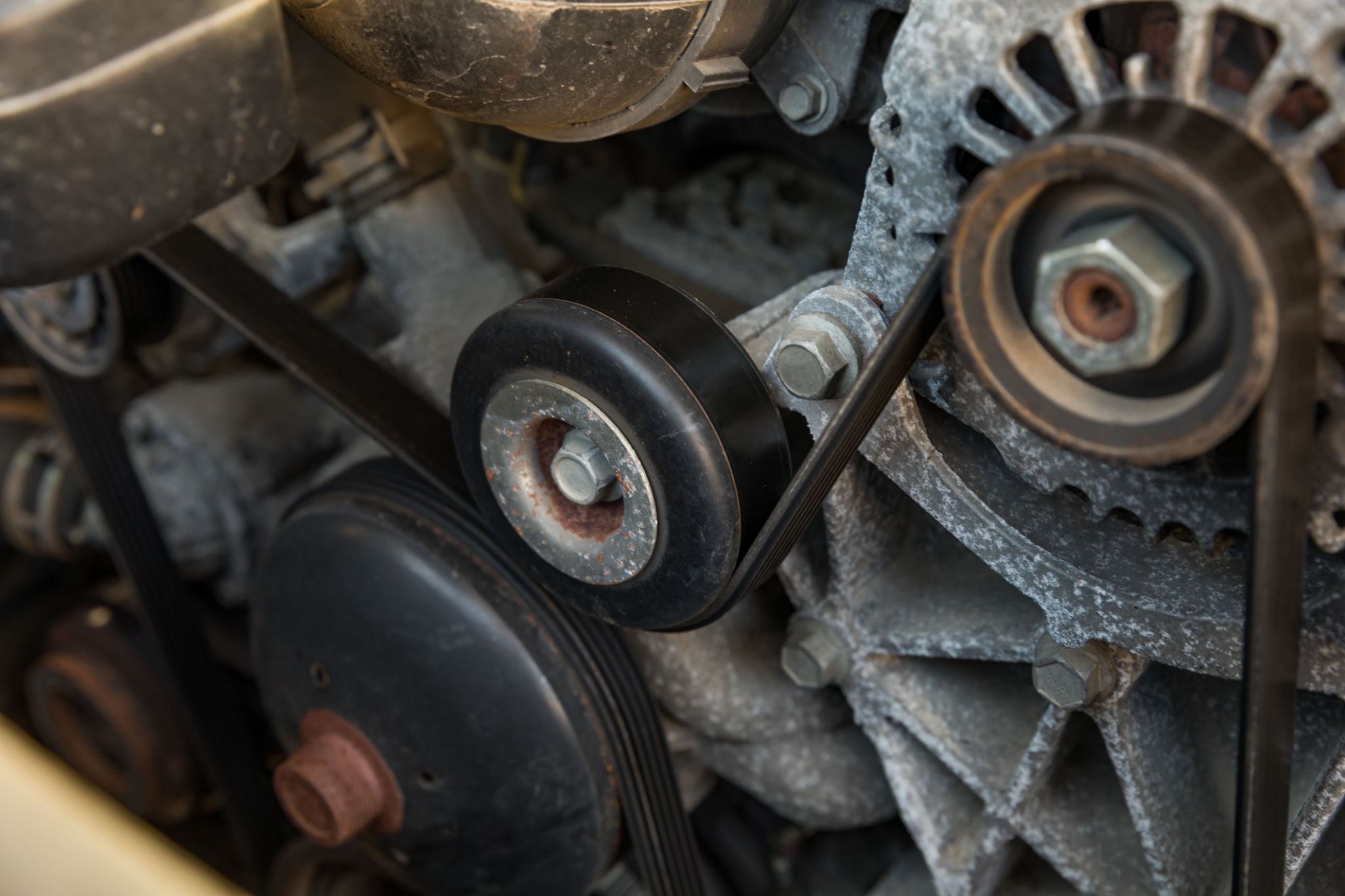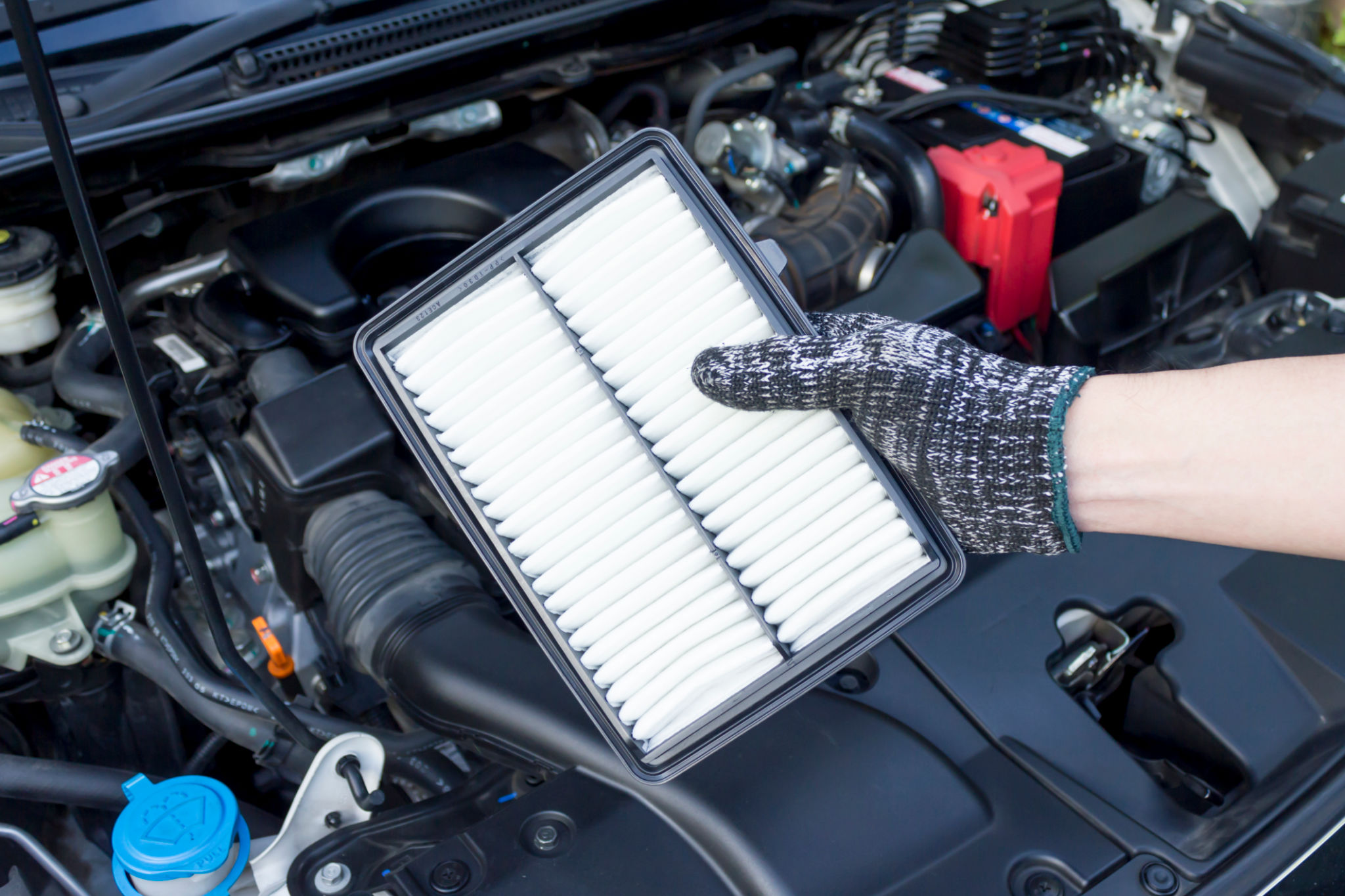DIY Tips for Maintaining Your Car's Engine Between Professional Cleanings
Understanding the Basics of Engine Maintenance
Your car's engine is like the heart of your vehicle, and keeping it in top condition requires regular attention. While professional cleanings are essential, there are several DIY maintenance tasks you can perform to ensure your engine runs smoothly between those visits. Understanding the basics of engine maintenance will help you prevent potential issues and extend the life of your vehicle.
One of the most crucial aspects of engine maintenance is keeping track of your oil levels. Oil is the lifeblood of your engine, providing necessary lubrication to all moving parts. Regularly checking and changing your oil is vital to prevent wear and tear.

Check Your Oil Regularly
It's important to check your oil level at least once a month. To do this, ensure your car is on a level surface, and the engine is cold. Locate the dipstick, pull it out, and wipe it clean. Insert it back fully, then remove it again to check the oil level against the markers on the dipstick. If it's low, add the recommended oil type for your vehicle.
In addition to checking the level, observe the oil's color and consistency. Fresh oil should be amber, while darker oil indicates it's time for a change. Also, if you notice any metal particles in the oil, it could signal engine trouble that requires professional attention.
Keep Your Engine Clean
Dust, dirt, and grime can accumulate under the hood and impact your engine's performance. A clean engine runs cooler and more efficiently. You can use a gentle degreaser to clean the surface of your engine. Make sure the engine is cool before starting, and cover sensitive components like the alternator with plastic bags to prevent moisture damage.

After applying the degreaser, use a soft brush to remove stubborn grime, then rinse with a gentle spray of water. Avoid using high-pressure water, as it can damage components. Allow the engine to dry completely before starting your car.
Inspect Belts and Hoses
Belts and hoses are essential for your engine's function, controlling everything from cooling to electrical systems. Regularly inspect these components for signs of wear, such as cracks or fraying on belts and soft spots or bulges in hoses.
If you notice any damage, replace these parts promptly. Worn belts can slip or break, causing engine overheating or battery charging issues, while damaged hoses can lead to leaks and overheating.

Monitor Coolant Levels
Your engine relies on coolant to maintain a stable temperature and prevent overheating. Check your coolant levels regularly by inspecting the reservoir tank when the engine is cool. The coolant should be between the "min" and "max" markers.
If needed, top up with a 50/50 mix of coolant and water, using the type specified in your owner's manual. Keeping your cooling system in good condition helps maintain optimal engine performance and prevents costly repairs.
Replace Air Filters
A clean air filter ensures that your engine receives an adequate supply of clean air for combustion. Over time, filters can become clogged with dust and debris, reducing airflow and efficiency. Check your air filter at least every six months and replace it if it's dirty.

A new air filter is inexpensive and can improve fuel efficiency while ensuring optimal engine performance. It's an easy replacement task that can be done in just a few minutes with minimal tools.
Pay Attention to Warning Signs
Finally, always be attentive to any warning signs your vehicle may give you. Strange noises, unusual vibrations, or dashboard warning lights should never be ignored. These could indicate more serious issues requiring immediate professional attention.
By taking these simple DIY steps, you can maintain your car's engine effectively between professional cleanings. Regular maintenance not only extends the life of your engine but also enhances your vehicle's overall performance.